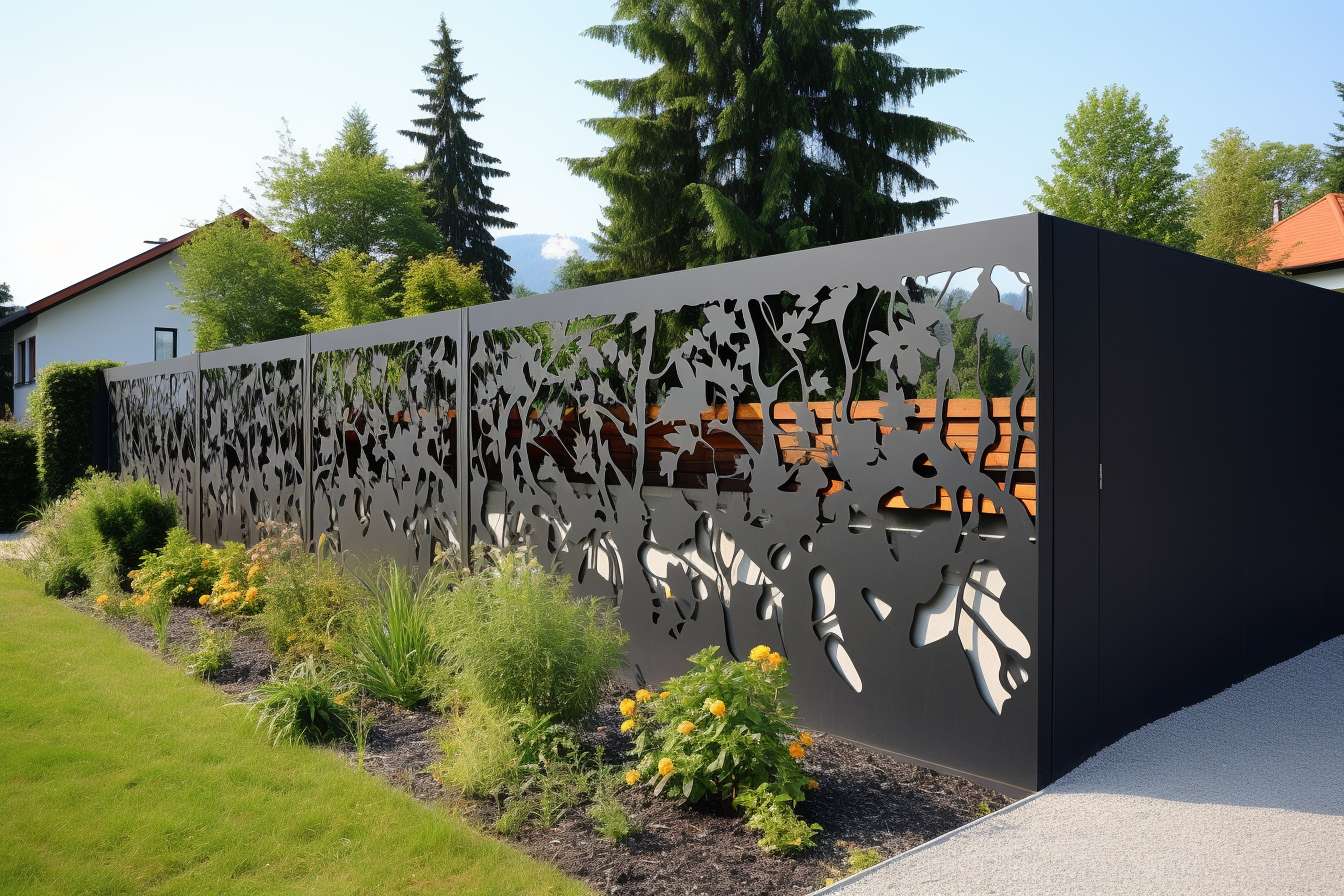Garden Fence Options: Materials, Styles, and Installation Tips
Enhance your outdoor space with garden metal fencing that combines durability and style. Discover practical options that fit different layouts and preferences, helping you define boundaries, add structure, and complement your garden design with functional elegance.

Decorative Metal Fencing for Gardens
Metal fencing has become increasingly popular among homeowners seeking durable and attractive garden boundaries. Wrought iron, aluminum, and steel options provide long-lasting solutions that resist weather damage while maintaining visual appeal. These materials offer intricate design possibilities, from classic Victorian patterns to contemporary geometric shapes.
Aluminum fencing stands out for its rust resistance and lightweight properties, making installation easier compared to heavier materials. Steel options provide maximum security and durability but require proper coating to prevent corrosion. Wrought iron delivers timeless elegance but demands regular maintenance to preserve its appearance.
Garden Boundary Fencing Ideas
Creating effective garden boundaries involves considering both functional and aesthetic requirements. Privacy fences typically measure six to eight feet in height, while decorative borders may range from two to four feet. Split-rail fencing works well for large properties with rustic themes, while picket fences complement traditional home styles.
Living fences using hedgerows or climbing plants on trellises offer natural alternatives that evolve with seasons. Bamboo screening provides quick-growing privacy solutions in suitable climates. Composite materials blend wood appearance with low-maintenance benefits, appealing to homeowners seeking durability without constant upkeep.
Custom Metal Fence Designs
Personalized metal fencing allows homeowners to create unique garden features that reflect individual style preferences. Custom designs can incorporate family initials, artistic patterns, or architectural elements that complement existing structures. Professional fabricators work with clients to develop specifications that balance aesthetic goals with practical requirements.
Powder coating options expand color possibilities beyond traditional black or white finishes. Bronze, green, and custom color matches help fences blend seamlessly with landscape designs. Decorative post caps, scrollwork details, and integrated planters transform basic boundaries into garden focal points.
Installation Considerations and Planning
Proper fence installation begins with accurate property line identification and local permit research. Many municipalities require permits for fences exceeding specific heights or located near property boundaries. Underground utility marking prevents costly damage during post installation.
Soil conditions significantly impact installation methods and costs. Rocky terrain may require specialized equipment, while soft soil might need additional concrete for post stability. Professional installers assess these factors during initial consultations to provide accurate project timelines and pricing.
Cost Analysis and Provider Comparison
Garden fence pricing varies significantly based on materials, design complexity, and installation requirements. Professional installation typically costs more than DIY approaches but ensures proper techniques and warranty coverage.
| Fence Type | Provider Example | Cost Estimation |
|---|---|---|
| Aluminum Decorative | Jerith Manufacturing | $25-45 per linear foot |
| Steel Security | Ameristar Fence | $30-60 per linear foot |
| Wrought Iron Custom | Iron Craft Fencing | $40-80 per linear foot |
| Vinyl Privacy | Bufftech by CertainTeed | $20-40 per linear foot |
| Wood Traditional | Local Lumber Suppliers | $15-35 per linear foot |
Prices, rates, or cost estimates mentioned in this article are based on the latest available information but may change over time. Independent research is advised before making financial decisions.
Maintenance and Longevity
Different fencing materials require varying maintenance levels to preserve appearance and functionality. Metal fences benefit from annual inspections for rust spots or loose connections. Prompt attention to minor issues prevents costly repairs later.
Wood fencing typically needs staining or painting every three to five years, depending on climate exposure. Vinyl options require occasional cleaning but resist fading and cracking better than traditional materials. Regular vegetation trimming prevents plant growth from compromising fence integrity.
Garden fencing represents a significant investment in property value and outdoor enjoyment. Careful material selection, professional installation, and consistent maintenance ensure these boundaries serve their intended purposes for decades. Whether prioritizing security, privacy, or aesthetic enhancement, modern fencing options provide solutions for diverse garden environments and homeowner preferences.




